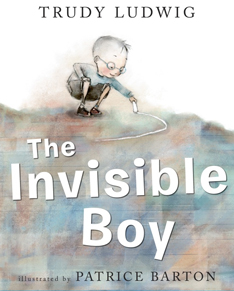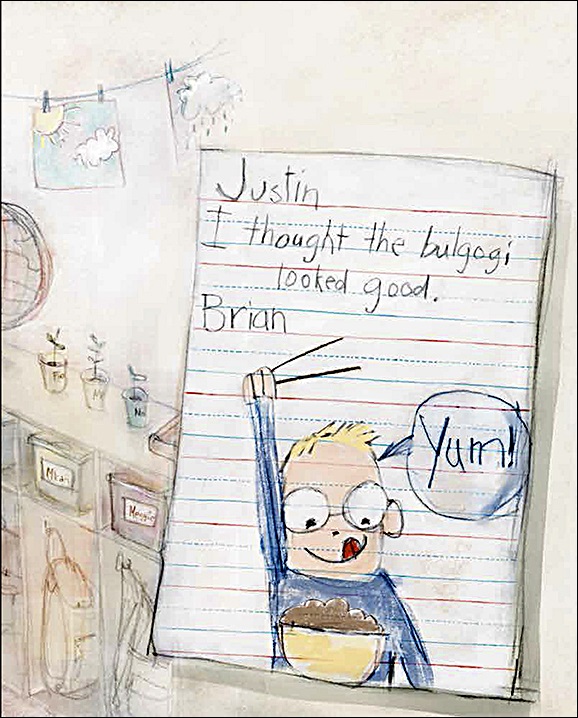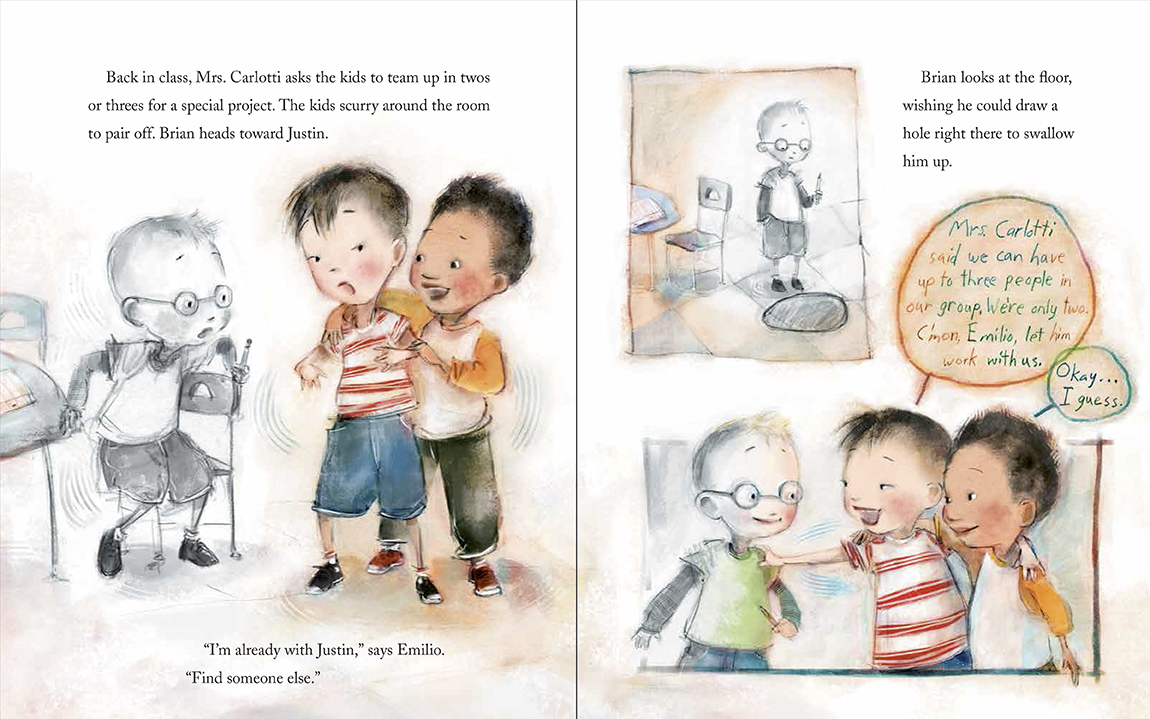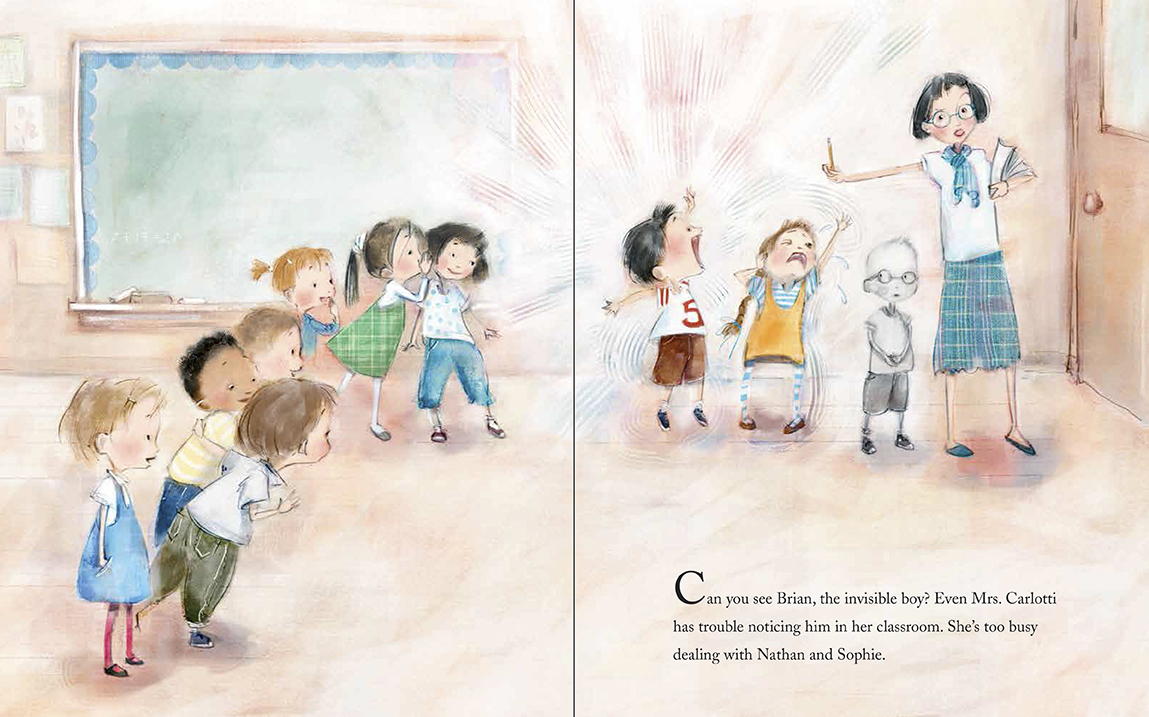 Update Dec. 24, 2015 We’re about to volunteer at a children’s homeless shelter doing activities with kids and it reminded me about this post and how I’ve ‘seen so much invisibility’ over the holiday season particularly. From social shunning and ostracism within families, to homeless and disenfranchised groups, the holidays bring out a lot of invisibility…keep an eye out with random acts of kindness…
Update Dec. 24, 2015 We’re about to volunteer at a children’s homeless shelter doing activities with kids and it reminded me about this post and how I’ve ‘seen so much invisibility’ over the holiday season particularly. From social shunning and ostracism within families, to homeless and disenfranchised groups, the holidays bring out a lot of invisibility…keep an eye out with random acts of kindness…
May 21, 2014 Subtle silent rejection and social shunning has been making the rounds in media a lot recently, from the “Louis” TV episode about fat phobic dating dodges to the acclaimed new documentary Being Ginger.
Everywhere people are opening up highly visible conversations about invisibility.
It’s particularly timely since May is mental health awareness month, and new research is connecting the dots between bullying behaviors, social shunning and PTSD in children and teens. And the World Health Organization has even called for a stronger focus on adolescent health, with depression the predominant cause of illness between the ages of 10-19 among BOTH genders.
Clearly “feeling invisible” resonates as a recurring theme that reverberates at virtually every age and stage, far beyond schoolyard angst and relational aggression, so today I’m focusing on The Invisible Boy by Trudy Ludwig, a children’s “kidlit” version of this whopper of a conversation.
The Invisible Boy actually served up a sidewinder to me from an adult perspective, as it represents a much wider, over-arching dialogue about “invisibility” in our culture and its impact on self-worth, social structures and the core human need to “matter” in our world.
At its basic core, The Invisible Boy is a sweet anti-bullying parable for social emotional learning that’s proactive and preventive with a ‘get ‘em while they’re young’ simplicity that seeds empathy early on. I can’t think of a better “positive pick” to open up mindfulness and “Start Empathy” as it gently nudges toward solid “aha” moments by guiding without shoving.
It’s a “big picture” story in a little book with pictures.
The initial appeal of The Invisible Boy was very personal to me.
Having grown up as ‘the new kid’ switching schools often, the notion that it only takes one outstretched hand resonated strongly.
Brian, a quiet, artistic boy, (“invisible” in the peer pack of school cliques and tribes) befriends new student, Justin amidst the twittering of classmates’ judgmental whispers which casts an uneasy, queasy realness reminiscent enough to put a lump in your throat in ‘will they or won’t they’ acceptance patterns that Trudy Ludwig captures well,
“Some of the other kids sneak looks at Justin trying to figure out if he’s cool enough to be their friend. They haven’t quite made up their minds yet.”
The authentic childhood pangs of “been there done that” military moves and family flashbacks made me squirm a bit in reverie, but also smile at the character development and vivid details woven into the prose.
Unlike so many of the multi-cultural characters tossed into children’s literature as an after-thought, Trudy Ludwig’s use of diversity threads into a plot point that doesn’t seem strained. In fact, it feels torn from the pages of my own life in a serendipitous reverse twist.
 There’s a lunch table scene with Justin, being teased for pulling out chopsticks and Korean bulgogi (which kids massacre into relentless teasing of ‘booger-gi’) which reminds me of my own return to D.C. from my third and fourth grade years living abroad in Japan. (Imagine being thought of as ‘the blonde Asian kid’ showing up in fifth grade as a chopstick wielding, bowing, leave-the-shoes-at the door, blue-eyed, “tow head” —who STILL considers all things Asian comfort food, even today…quirky, right?)
There’s a lunch table scene with Justin, being teased for pulling out chopsticks and Korean bulgogi (which kids massacre into relentless teasing of ‘booger-gi’) which reminds me of my own return to D.C. from my third and fourth grade years living abroad in Japan. (Imagine being thought of as ‘the blonde Asian kid’ showing up in fifth grade as a chopstick wielding, bowing, leave-the-shoes-at the door, blue-eyed, “tow head” —who STILL considers all things Asian comfort food, even today…quirky, right?)
The coping skills Brian used in his artistic world to find a space and a place for his own self-worth amidst his invisibility are also the tool he uses to open the door to Justin, leaving a fun little supportive picture in his cubby declaring HE thought the food looked good.
Beautifully illustrated by Patrice Barton, the multiple examples of art, writing, and imagination as breakthrough communication catalysts are not lost on this creative director…Lovely.
 Example: the triad tug-o-war for friendship that transpires with the character Emilio edges into palpable discomfort in an all too familiar ‘three’s a crowd’ rebuff of the invisible boy, until possessiveness gives way to collaboration for a school project.
Example: the triad tug-o-war for friendship that transpires with the character Emilio edges into palpable discomfort in an all too familiar ‘three’s a crowd’ rebuff of the invisible boy, until possessiveness gives way to collaboration for a school project.
As a read aloud, the book opens up complicated conversations about the harm of prejudice and judgment, the benefits of resilience and inclusion, and the triumph of a collective outcome that’s better than any solo element.
Nesting layers of wisdom reveal themselves with each re-read like a wooden Matryoshka doll.
Parents and teachers will love the handy questions at the end to prompt further discussion and tease out the elements of how to prevent social shunning and promote empathy…But I’ll share that this is one of those books you want to pick up periodically and ‘check yourself’…
If you let it sit with you for a while, you’ll see how isolation and invisibility creep into behaviors that need a second look at different ages and stages…
Right now, with teen graduates parading across the stage, will you think of the “invisible ones” and applaud loudly?
Could the young child who’s acting out’ at school be entirely invisible at home in the family?
When the party invitation doesn’t come but the buzz about it does, are you ready to celebrate that child with nourishing attention in an entirely different way?
In a media culture with a ‘look at me’ credo of high profile visibility, we see a lot of peacocks presenting in a kaleidoscope of color masking black and white worlds with an empty, invisible presence.
Think twice about whether s/he is invisible right under your nose. How can we position “you matter” against demons of internal isolation? We just lost a teen in our community to suicide who might’ve needed to hear those words.
How can we seed these skill sets early on to “start empathy” with kids that PREVENT wounds rather than heal them? How can we use books like this to open up the thoughts of what it feels like to be in the shoes of an ‘other?’
Shifting from the ‘micro’ lessons of the story to the ‘macro’ life lessons lens, I’ll add my own powerful teaching moments that emerged. I was backlogged with work after my first reading of The Invisible Boy so I tucked it in my ‘to blog’ pile on the corner of my desk at home. And then something weird happened.
The book became a magnet of attraction as I watched a pattern emerge. Maybe it was the title, or the colorful illustrations, I don’t know, but people were drawn to it, usually while waiting for me to ‘finish once last thing on the computer.’
They’d pick up the book with a “What’s this?” inquiry, start thumbing through the pages and suddenly the ‘hurry up let’s go’ hovering would hush to silence and I’d catch the reader out of the corner of my eye sitting down to finish the final pages. Who knew a simple kids’ book would turn into a conversation starter?
My octogenarian mom commented, “Great book, it’s just too bad we need it,” as she launched into a ‘that was then this is now’ media critique of reality TV’s bullying behavior and social shunning as sport.
Our conversation turned towards snippets of our life history and being the ‘new kid’ constantly and learning how to be outgoing and ‘not too visible at first, but not invisible either’ in order to avoid the social shunning scenes. “The golden years are probably the most invisible I’ve ever felt on the planet” she shared.
The parade of pals picking up the book ranged from my own teen, and HER friends, to neighbors, colleagues, family and passersby all offering their unsolicited stories and personal lens about invisibility…From “I got out of my marriage because I felt invisible” to “my boss does the ‘passive aggressive’ bully bit, it’s getting to be time to move on” Wow.
“I feel invisible”…
…is one of the most common refrains heard among teens with ‘outsider’ angst, grade schoolers with lunch table shuns, freshmen on campus, even on into adulthood with new moms’ isolation adjustments, marriage therapy, and senior citizen loneliness.
In this mental health awareness month keep an eye peeled for the “Others.”
Social shunning and isolation is a stone’s throw from cavernous emptiness and the need for a sea change. I plan to re-read this book time and again to check myself on what I’m truly seeing…and what I might be missing entirely.
We all need connection. Outreach with empathy.










Thanks for sharing this amazing story. I really enjoyed it.